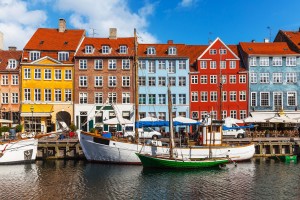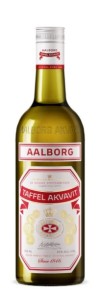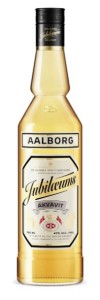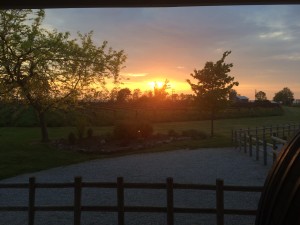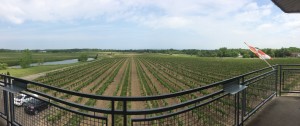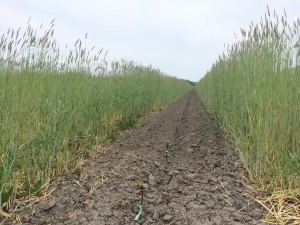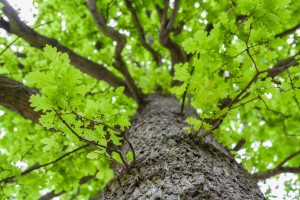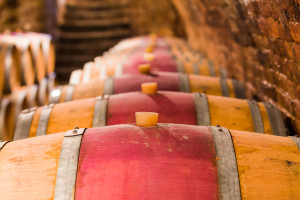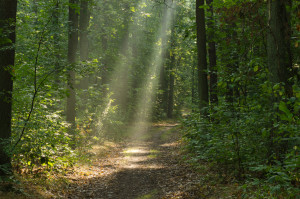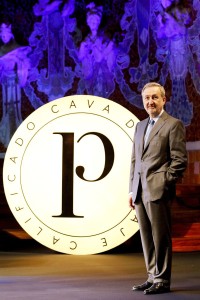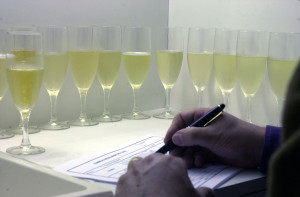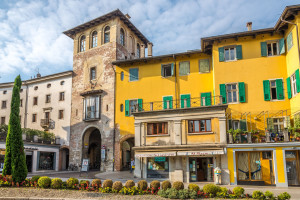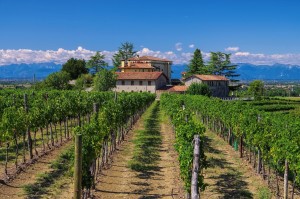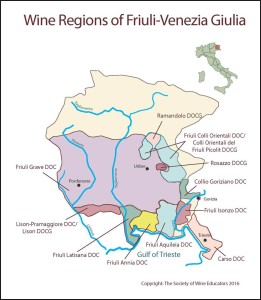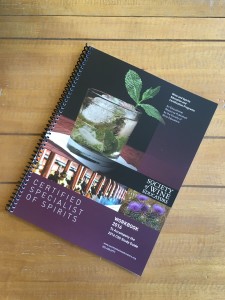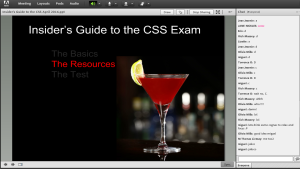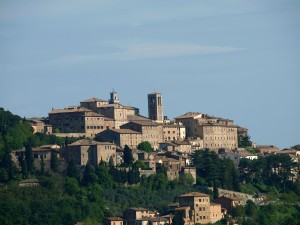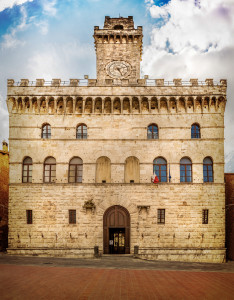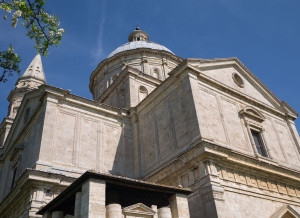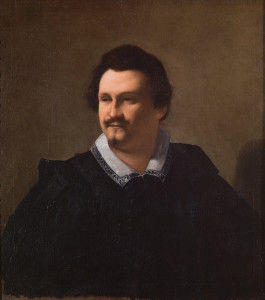Today we have a SWE Conference preview about the “Explore Aquavit, the Spirit of the Nordics” session to be held on Saturday, August 13th. This session will be led by Christer Anders Olsen:
Aquavit has been the national spirit of Sweden, Norway, Denmark, and Iceland for more than 500 years. We can truly call it the Spirit of the Nordics.
The first known mention of Aquavit dates back to the year 1539, when the Archbishop of Trondheim, Norway received a letter and an offering of “Aqua Vitae” from loyal supporters in Bergen. The letter boldly stated that “Aqua Vitae,” the water of life, had the power to cure “any illness within, from which man might suffer”. And so the spirit quickly gained popularity.
Today, Aquavit is a thriving category in the Nordic countries. The beloved Aalborg Taffel Akvavit is the No. 1 selling spirit products across all categories in Denmark, and the Aalborg range has been broadened to include a large series of Aquavits intended for both food-pairing and mixology.
Iceland’s Aquavit tradition relates to that of Denmark, while Swedes love their milder, often sweeter Aquavit for all festive occasions, including mid-summer parties, crayfish dinners, Christmas dinners, or your neighbor’s informal invite.
Linie Aquavit is the flagship spirit of Norway, is available in the United States. In Norway we have witnessed an Aquavit revolution over the last 30 years and there are now almost 200 (!) different Aquavits for sale in the market. The category is steadily growing its share–outperforming gin, whisky and vodka.
Outside Scandinavia, including in the United States, Aquavit has remained largely unknown and unexplored by both professionals and consumers alike. Misunderstood even. Consequently, the Nordic spirit has not received the attention it deserves. Until now.
Recently we have started seeing a surge for Aquavit in trend-setting mixology environments around the world. Look up the menu of bars such as The Artesian in London, five-year consecutive winner of “Best Bar in the World” by Drinks Magazine International, and you will find Aquavit in cocktails.
Explore award-winning New Nordic Cuisine by renown chefs such as Claus Meyer of Copenhagen and you will find Aquavit as a key ingredient in dishes as well as a neat drink to pair with the flavor profile of his food. New Aquavits made by domestic micro-distilleries in the U.S. are popping up in large numbers. And in Portland, OR there is even an annual Aquavit Week that celebrates the spirit in cocktails and mixed drinks of all sorts, started by voluntary enthusiasts.
“If gin and whisky had a baby, it would be Aquavit”, a bartender funnily stated while mixing his drinks. Aquavit is such a versatile and unexplored category–it is similar to gin from a distillation point of view (instead of juniper berries we use caraway seeds and a number of other herbs and spices for flavor). It is similar to whiskies and dark spirits from a barrel maturation point of view.
In Norway, by law all aquavits must go through a wooden barrel maturation process. Sherry barrels, port barrels, madeira barrels, and others are used. In Denmark, Iceland and Sweden, however, Aquavit is rarely matured and remains a clear spirit. Even the base alcohol is different, where Norway uses potato-based spirits other countries rely on grain-based alcohol.
And we haven’t even mentioned yet that we ship some of it around the world on vessels that cross the equator twice on their journey from Norway to the U.S. through the Panama Canal, to Australia, Singapore, Japan, to USA and back across the Atlantic…
Come meet the world’s biggest Aquavit producer and explore Aquavit with us! The session, “Explore Aquavit, the Spirit of the Nordics,”presented by Christer Anders Olsen, will be offered on Saturday August 13 at 1:15 pm as part of SWE’s 40th Annual Conference! Learn about the diversity of the category and understand what makes the Nordic Aquavits you can get in the USA so different.
About the products in the pictures:
- LINIE AQUAVIT: barrel-aged according to Norwegian tradition. Matured at sea across the world for four months
- AALBORG TAFFEL AKVAVIT: the eternal Danish classic, caraway forward with a delicate aftertaste of citrus
- AALBORG JUBILAEUMS AKVAVIT: the most-known export brand in the Aalborg family. Milder and softer, based not on caraway but dill seeds and coriander.
